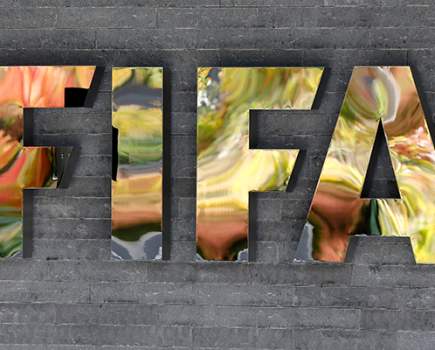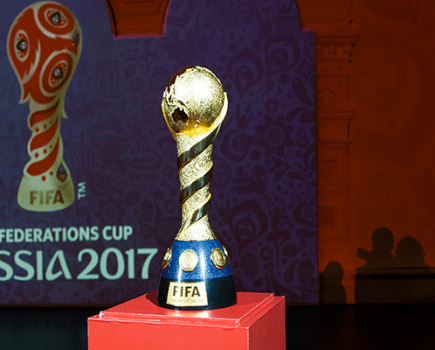 Coming to The Big Screen in a football stadium near you: Goal-line technology.
Coming to The Big Screen in a football stadium near you: Goal-line technology.
Ever since football’s law-makers, the International Board, decided last July to ratify the worldwide use of GLT English football has been among the leaders in pursuing its application.
The Premier League reiterated as much this week.
However, there is more. One of the most intriguing possibilities is to be found deep amid documentation submitting for a GLT review by IFAB at its annual meeting in Edinburgh tomorrow morning.
When Hawkeye and the German/Danish GoalRef were approved for use at the FIFA Club World Cup in Japan last December, there was never any apparent question about the modus operandi. As FIFA president Sepp Blatter had always insisted – after his reluctant, Lampard-driven conversion – the referee had to receive an electronic signal within one second.
A need both for the referee’s command to be indisputable and for the matchflow to remain uninterrupted demanded such technological confidentiality.
No prospect, then, of a Wimbledon or Test match hiatus while the crowd watched a graphical repetition and clarification on the big screen.
But this is no longer the case according to a 34-page document circulated for national associations to share with their leagues. The booklet formulates lessons and operational instructions developed over the last two and a half years of serious testing.
Down on Page 29, in a question-and-answers chapter, the issue of replays on television and in the stadium is explored.
The official answer reads: “This is up to the competition organiser. The question of whether and how replays are shown on TV or on an LED screen in a stadium should be one of the first discussion points [my italics] when starting the implementation of goal-line technology in a competition.
“FIFA recommends involving referees in this discussion as well, due to the fact that the main objective of GLT is to support and protect the referee.”
One of the first discussion points? This surely is a wide-open invitation which television will be unable to resist and, given its financial muscle, leave football officials powerless to resist.
As for the basic implementation of GLT by the English football elite, Premier League spokesman Dan Johnson has confirmed: “We’re working on the basis of having goal-line technology in place for the start of the season. All clubs will have to have the system, including those promoted.”
Talks with both Hawk-Eye and GoalRef are at “an advanced stage.”
Hawk-Eye’s system is generated by the use of six cameras, focusing on each goal. The software then uses ‘triangulation’ to pinpoint the exact location of the ball. GoalRef uses sensors on the posts and crossbar which ‘catch’ magnetic strips in the ball.
These were the two systems licensed by FIFA and used at the Club World Cup. Last month FIFA also approved the German Cairos Technologies’ magnetic field system and now another German operation, GoalControl, has been licensed.
All three manufacturers will tender for the massively-important contract to install goal-line technology in Brazil for both this year’s Confederations Cup and, most lucrative of all, next year’s World Cup finals.
FIFA will not be using the goal-line assistants system pioneered in European international competition by UEFA and taken up in top-division competition in Italy and Brazil.
The reason is not due to any particular rivalry but the fact that the match officials in Brazil will be drawn from all around the world and very few of the non-Europeans have any experience of the six-man system.
** The agenda for the annual meeting of the International Football Association Board includes rewording the regulations over both offside (yet again) and the dropped ball as well a review of the implementation at senior competitive level of the headscarf for Muslim women’s players.
IFAB comprises one representative of each of the four British associations and FIFA. Each UK FA has one vote and FIFA has four. A three-quarters majority (i.e. six votes) is needed to approve any proposal.
By Keir Radnedge






